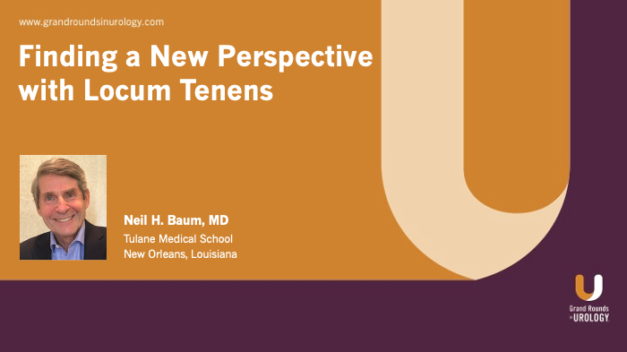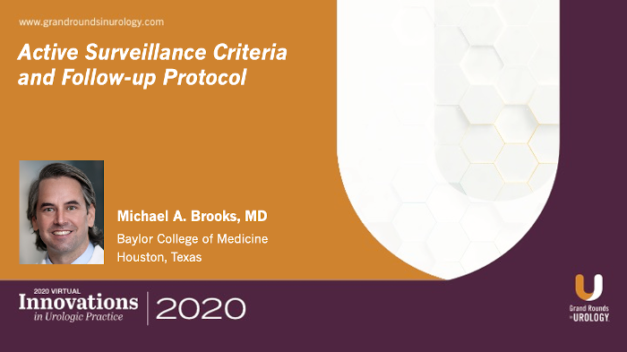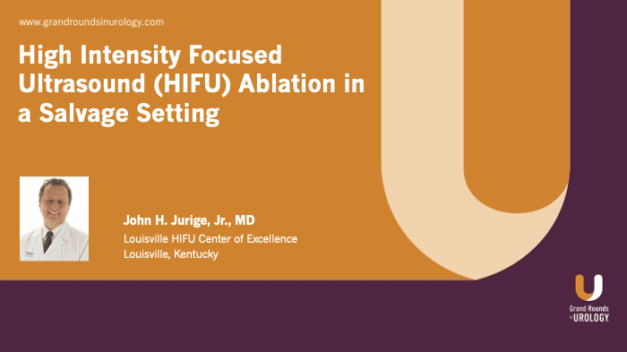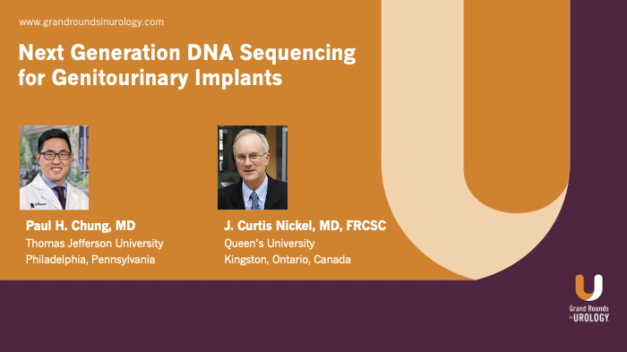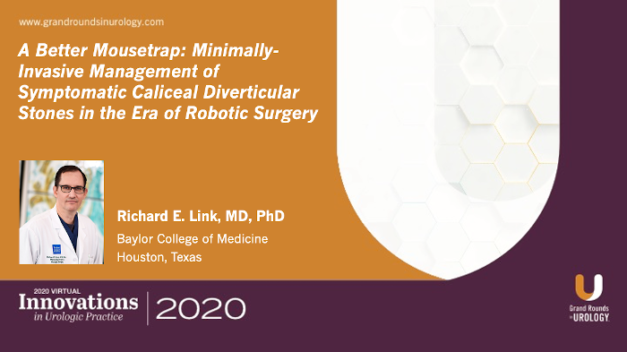Finding a New Perspective with Locum Tenens
Grand Rounds in Urology Contributing Editor Neil H. Baum, MD, Professor of Urology at Tulane Medical School, presents the benefits of locum tenens, a contractual arrangement in which a physician works temporarily in another practice. These work assignments vary in duration and serve several purposes, including to fill vacancies in communities without urologists or to offer a break for a full-time urologist and/or those working in rural communities, who are often on-call 24/7. For doctors, locum tenens can decrease stress and lower the risk of burnout, as well as allowing them to gain experience by working with a new patient population in a different hospital or clinical setting. Semi-retiring urologists may use locum tenens as they transition, and newly-minted practitioners may use such assignments to determine the best practice fit for a permanent position. Dr. Baum touts the financial benefits: such as paid living expenses and travel costs, and possible stipends while on assignment. Additional perks include focusing on clinical work sans office politics, business responsibilities, or paperwork. He concludes with a review of the contract details, drawing attention to key areas such as compensation and malpractice coverage, as well as exclusions like health insurance and retirement.
Read More
